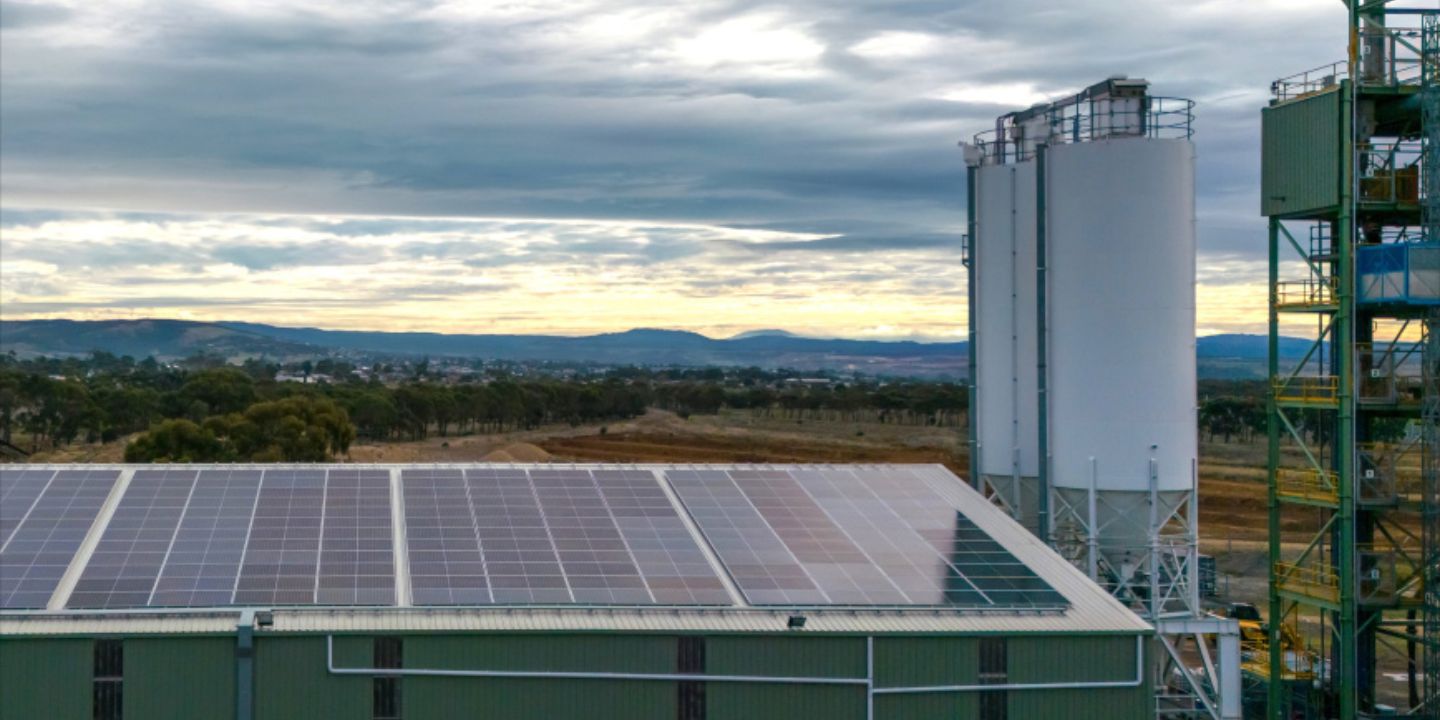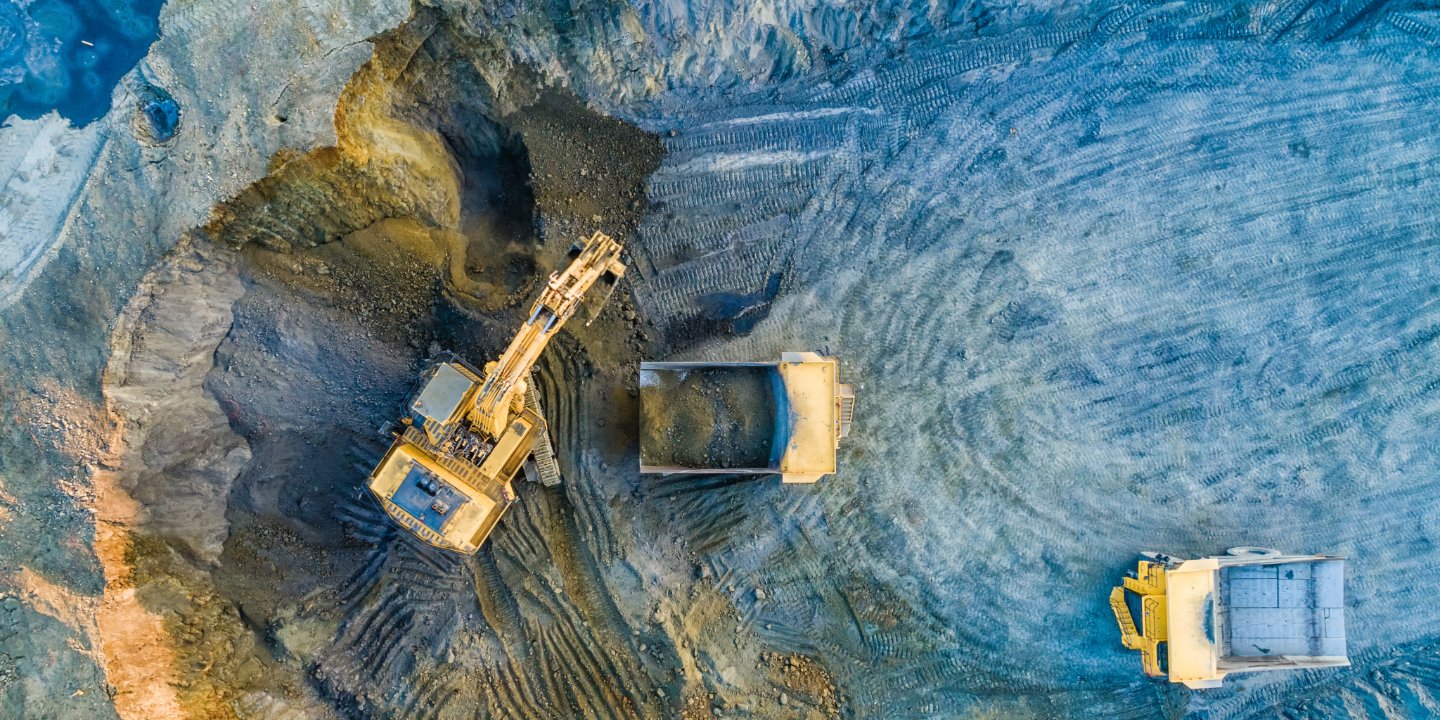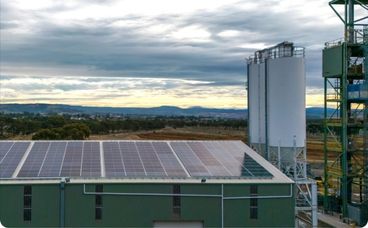In a world where industry and the environment are often cast as adversaries, Phil Hodgson has long held a different view, one of quiet conviction that they can be partners in progress.
Guided by a sharp scientific curiosity, his career has been dedicated to showing how engineering innovation can transform even the most polluting industries on the planet.
That sense of social contribution was deeply ingrained in his upbringing. His father was a judge who cared passionately about social justice, a legacy stretching back generations.
“People often talk about the big environmental problems we face now but if you had seen some of the industrial sites in the 70s and 80s, they were just atrocious,” Hodgson says.
“The amount of work, thought and effort that has gone into cleaning those up, and the engineering innovation required to continue improving industry, is a huge achievement over the last 40 years.”
It was this recognition of tangible progress that first drew Hodgson in the early 1980’s to study chemical engineering, a field that promised a way to make a real difference, to make the world a better place.
A PhD from the University of NSW in the same discipline followed, focusing on membranes and water treatment.
Fast forward to 2013, it was hardly surprising that Hodgson put his hand up to run a then fledgling start-up known as Calix, putting him on the frontlines of industrial decarbonisation.
The name of the firm was derived from the Latin word calix, which means “cup” or “chalice.”, as its core technology involved a kiln process that transforms raw minerals.
Its secret weapon has become a proprietary technology centred on the Flash Calciner, a reinvented kiln that uses indirect flash heating to create nanoporous mineral structures while cleanly separating carbon dioxide during mineral processing.
Unlike bolt-on carbon capture solutions, Calix’s technology integrates directly into existing industrial processes, boosting efficiency and enabling renewable energy use, making it both scalable and cost-effective.
Its mission is now vast, to tackle around 20% of global industrial CO₂ emissions from sectors that rely on kilns like cement, lime, mining, batteries, agriculture, water treatment, and aquaculture.
But Hodgson’s path in working life to pursuing his decarbonisation dreams at Calix was curious and seemingly on the face of it, contradictory.
Ironically he spent 14 years working at global oil and gas giant Shell, a firm environmentalists have long cast as one of the top polluters on the planet.
He climbed the ranks across refining, supply, marketing, sales, pricing strategy, risk management, corporate strategy, plus mergers and acquisitions, giving him a front-row seat to the energy sector’s complexity and contradictions.
“Why did I go to Shell? You can either chuck rocks at things or get in there and fix it, that was my view,” he recalls.
Early in his career, he tackled one of Shell’s more pungent legacies, putting his beliefs into practice. It was an outlet from its Sydney refinery into the Parramatta River that wreaked of nitrous and sulfur fumes.
“We worked back up from there through the water treatment systems, figured out what was going wrong. We put in a capital expenditure proposal to fix it, had to fight for it because capital was scarce, but got it approved. By the time I left, there were little baby fish swimming up the outlet.”
What drove him out of Shell in 2007 was the company’s decision to give up on its solar energy ambitions. Rather than seeking a redundancy, he simply got up one day and left.
But his arrival at Calix proved to be a baptism of fire. He soon realised the company was struggling, weighed down by debt and uncertainty.
“The balance sheet was awful, loaded with a convertible note held by a hedge fund. That note allowed us to develop the tech but also gave the hedge fund leverage to squeeze everyone. We struggled for about a year and the company couldn’t continue without cash. Several managers, the board members and I put in $2 million. Other investors matched that with another $2 million, so we had $4 million total. We basically told the hedge fund that if they didn’t convert the note into equity at our valuation, we would go into administration. They held out until the last second. We were just about to tip over when they came through.”
That crisis, nine months after his arrival as CEO, tested his leadership.
“What I learned is you have to know who you can trust on your team and stick to your guns if you are doing the right thing,” he says.
Calix is now navigating what Hodgson calls the classic ‘valley of death’ phase for cleantech startups, the gap between proving the tech works and scaling it commercially.
Their early commercial success came from processing magnesite, a magnesium analogue to limestone, to produce a water treatment product generating revenues of about $25 million a year.
But scaling the core kiln technology for massive industries like cement and steel requires leapfrogging from one kiln tube to dozens within a plant, a costly endeavour demanding tens of millions in capital.
Last month, Calix secured a $44.9 million grant from the Australian Renewable Energy Agency (ARENA) to build a demonstration plant using their Zero Emissions Steel Technology (ZESTY).
Powered by renewable electricity and hydrogen, it will produce up to 30,000 tonnes a year of low-carbon hydrogen direct reduced iron (HDRI) and hot briquetted iron (HBI), a major milestone towards cleaner steelmaking. The project is slated for completion by mid-2027.
Calix is also operating a pilot plant at Heidelberg Cement in Germany, and has commenced work there on a demonstration-scale facility which if successful, would validate the technology in cement and lime production.
“The ARENA grant was a crucial milestone. They did thorough due diligence on us, including the tech and the economics. Hopefully it is a signal to the market that this is real,” Hodgson says.
Looking forward, in five years time he wants Calix to be recognised as the cheapest and leading technology demonstrated at scale for decarbonising the world’s largest industries.
Unlike the dark days of a decade ago, he now has no fear of failure.
“I fear it might take longer, but not fail. We have a bloody great kiln. Beyond decarbonisation, it is also simply a more efficient and flexible process that can be simply switched on and off. That is a game-changer.”
He acknowledges industrial sectors like steel and cement are notoriously cautious in adopting new technologies, but stresses that the clock is ticking.
“The US, EU, and Asia Pacific are all moving down the path of reducing industrial emissions. It’s a matter of when, not if,” he says.
Hodgson credits his wife and five children for sharing and sustaining his life mission: “Some say if you want a better world, why have five kids? But I think if you have five people who will be real contributors to society, and you can instil the same values in them, that is why we did it. It might be hubris, but they have all turned out well: two nurses, a lawyer, a marine biologist working on the Great Barrier Reef, and my son is still finding his feet.”
Most importantly, he says their professions are all dedicated to helping people and the planet. Which plays to the ultimate legacy he hopes to leave with Calix.
“I want to see this technology succeed and be deployed. I want to look back and say ‘We got there, despite some bloody close calls over the last 12 years’,” he says.
“The graduates who started with me have grown into great senior executives. I want them to go on and change the world.”
Disclaimer(s)
***Hugh Robertson, Morgans Financial Limited (Morgans) and its associates may hold securities in the companies/trusts mentioned herein. Unless otherwise stated any advice contained in this email is of a general nature only and has been prepared without taking into account your relevant personal circumstances. Those acting upon information contained in this email without first consulting one of Morgans investment advisers do so entirely at their own risk. To the extent permitted by law we exclude (and where the law does not permit exclusion, limit to the extent permitted by law) all liability for any direct, indirect and consequential losses, damages and expenses incurred in any way (including but not limited to that arising from negligence), connected with any use or access to or any reliance on information contained in this email or any attachments. Morgans Financial Limited ABN 49 010 669 726 | AFSL 235410. A Participant of ASX Group.
***The author, Damon Kitney is paid a fee for his service to Morgans. This document is not an offer, solicitation, advice or recommendation with respect to the subscription for, purchase or sale of, any security, and neother this document nor anything in it will form the basis of any contract or commitment.

.png)









